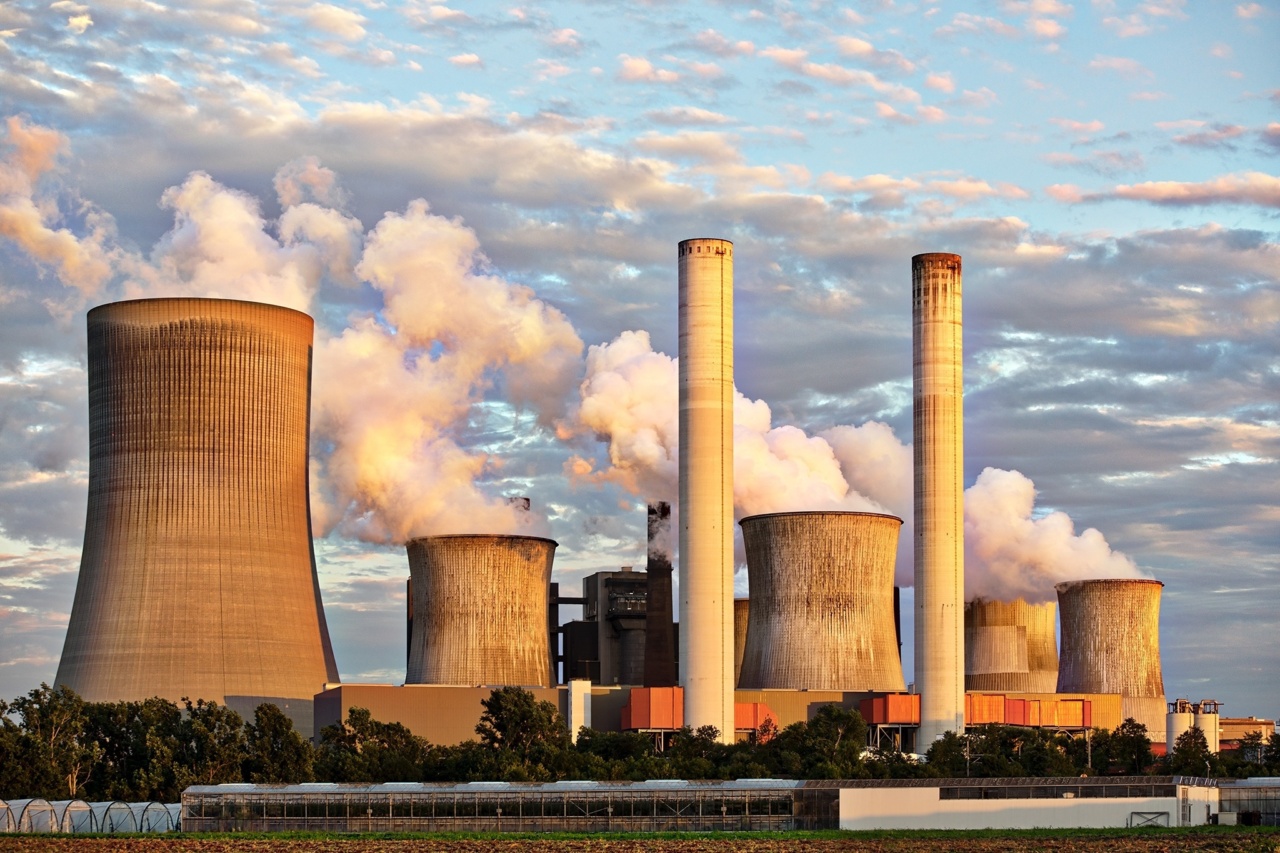Air pollution is a grave environmental problem that affects millions of people worldwide. The detrimental effects of air pollution on respiratory health have been extensively studied and publicized.
However, emerging research suggests that air pollution can also have a profound impact on the kidneys. In this article, we will delve into how air pollution damages kidneys and explore the various mechanisms involved.
The Link Between Air Pollution and Kidney Damage
Recent studies have indicated a strong correlation between exposure to air pollution and the development of kidney disease.
Fine particulate matter (PM2.5) and nitrogen dioxide (NO2) are two major components of air pollution that have been particularly associated with kidney damage. These pollutants are primarily released from vehicle emissions, industrial processes, and power generation.
Oxidative Stress and Inflammation
Air pollution triggers oxidative stress, a state in which there is an imbalance between the production of harmful free radicals and the body’s ability to counteract their harmful effects.
Oxidative stress can lead to inflammation, which plays a crucial role in the progression of kidney damage. Studies have shown that exposure to PM2.5 and NO2 can activate inflammatory pathways in the kidneys and contribute to renal dysfunction.
Renal Fibrosis and Glomerular Dysfunction
Long-term exposure to air pollution has been linked to the development of renal fibrosis, a condition characterized by excessive accumulation of extracellular matrix components in the kidneys.
Renal fibrosis impairs the normal functioning of the kidneys and can eventually lead to chronic kidney disease. Additionally, air pollution has been found to disrupt glomerular filtration, the process by which waste products are filtered out of the blood. This can further contribute to kidney dysfunction.
Impact on Blood Pressure and Cardiovascular Health
Air pollution has well-established effects on cardiovascular health, and these effects can indirectly damage the kidneys. Exposure to air pollutants can lead to increased blood pressure, which is a significant risk factor for kidney disease.
Poor cardiovascular health also impairs renal blood flow, reducing the kidneys’ ability to effectively filter waste products. Therefore, the impact of air pollution on cardiovascular health serves as a crucial pathway through which the kidneys can be damaged.
Impaired Renal Development in Children
Children are particularly vulnerable to the damaging effects of air pollution on their kidneys. Exposure to pollutants during early life stages can interfere with proper renal development, leading to long-term kidney damage.
Studies have shown that children exposed to higher levels of air pollution have an increased risk of developing kidney problems later in life.
Role of Heavy Metals
Air pollution is not limited to particulate matter and gases; it also contains heavy metals such as lead, mercury, and cadmium. These metals are released into the environment through industrial processes and can contaminate the air we breathe.
Heavy metals have toxic effects on the kidneys, leading to the impairment of various renal functions. The accumulation of heavy metals in the kidneys over time can cause significant damage and increase the risk of kidney disease.
Altered Renal Blood Flow
Air pollution can have direct effects on the microvasculature of the kidneys, compromising renal blood flow.
Fine particulate matter and air pollutants can enter the bloodstream and accumulate in the kidneys, leading to vasoconstriction and reduced blood flow. This can impair the kidneys’ ability to remove waste products and maintain proper fluid balance, ultimately resulting in kidney damage.
Genetic Susceptibility
Not everyone responds to air pollution in the same way. Genetic factors play a role in determining individual susceptibility to the damaging effects of air pollution on the kidneys.
Certain genetic variations can make individuals more vulnerable to the development of kidney disease when exposed to air pollutants.
Protective Measures and Policy Changes
Reducing exposure to air pollution is crucial in mitigating its damaging effects on kidneys. Implementing effective policies to control and reduce air pollution can significantly reduce the burden of kidney disease.
Additionally, individuals can take measures to protect themselves from air pollution, such as using air purifiers indoors, wearing masks when outdoors in heavily polluted areas, and supporting sustainable transportation options.
Conclusion
Air pollution is a major threat to kidney health. The evidence linking air pollution to kidney damage continues to grow, emphasizing the importance of addressing this issue urgently.
By understanding the mechanisms through which air pollution damages kidneys, we can strive to protect ourselves and future generations from the detrimental effects of polluted air.






























